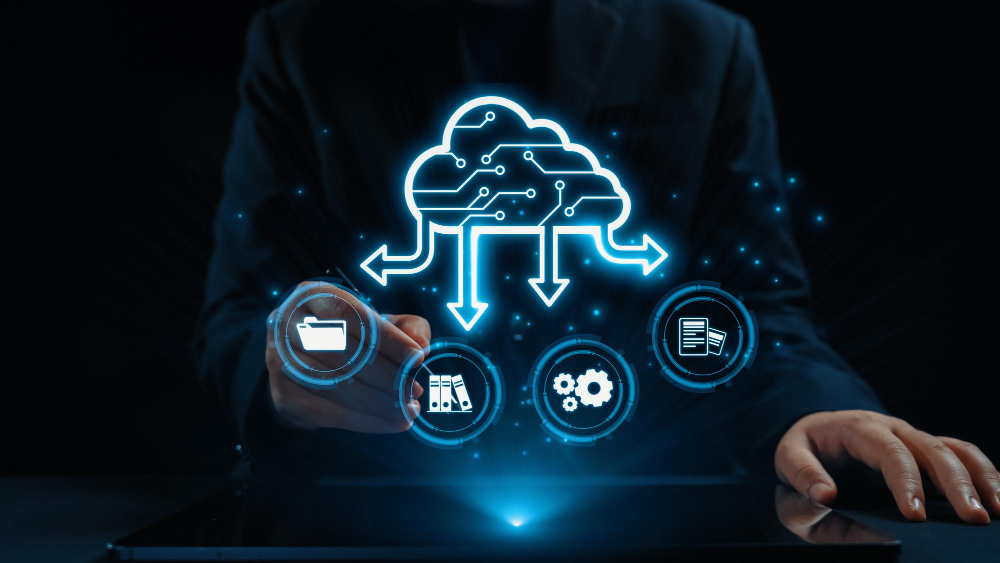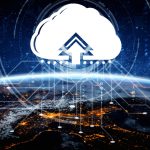Multi-Cloud and Hybrid Cloud Integration Platforms
AI-Augmented Multi-Cloud and Hybrid Cloud Integration Platforms: The Future of Cloud Management
In today’s fast-paced digital landscape, businesses are no longer confined to a single cloud provider or a singular data center. Instead, they are embracing multi-cloud and hybrid cloud architectures to gain flexibility, scalability, compliance, and resilience. But with this expanded infrastructure comes increased complexity—enter AI-Augmented Integration Platforms, the next frontier in intelligent cloud orchestration.
🔍 What Are Multi-Cloud and Hybrid Cloud Integration Platforms?
At their core, multi-cloud refers to the use of multiple public cloud providers (e.g., AWS, Azure, GCP), while hybrid cloud integrates both public and private cloud environments, including on-premises infrastructure.
Integration platforms are the centralized systems that orchestrate workloads, data flows, APIs, and services across these diverse cloud ecosystems. Traditionally, this required manual configuration, heavy scripting, and siloed monitoring tools. But now, AI is transforming these platforms into autonomous, predictive, and adaptive systems.
🤖 What Does “AI-Augmented” Mean?
AI-augmented platforms are enhanced with machine learning, natural language processing (NLP), predictive analytics, and intelligent automation. These systems learn from infrastructure behavior, usage patterns, and performance telemetry to:
Automatically detect anomalies and self-heal
Optimize workload placement for cost and performance
Enforce security policies dynamically
Predict system failures before they happen
Provide actionable insights via conversational interfaces
🧠 Key Capabilities of AI-Augmented Cloud Integration Platforms
Here’s how AI is supercharging the capabilities of modern integration platforms:
1. Autonomous Orchestration
AI models continuously evaluate workload requirements and orchestrate them across public, private, and edge environments. This eliminates manual tuning and reduces human error.
2. Predictive Cost and Performance Optimization
By analyzing usage trends, AI can recommend or automate resource scaling, instance right-sizing, and even workload migration to reduce costs while maintaining SLAs.
3. Smart Compliance and Security
AI-driven platforms detect policy violations, enforce real-time zero-trust policies, and maintain compliance posture across sovereign zones, especially critical in regulated industries.
4. Intelligent API and Data Integration
Through AI-enabled iPaaS (Integration Platform as a Service), platforms like SnapLogic and MuleSoft are auto-generating API mappings, performing data transformations, and integrating systems without human intervention.
5. Conversational CloudOps
NLP interfaces allow DevOps teams to interact with infrastructure through chatbots or voice, asking questions like “What workloads are over budget on Azure this month?” or “Deploy this app in the lowest-latency region.”
🔧 Real-World Use Cases
🚚 Logistics
A global logistics provider uses an AI-augmented integration platform to route time-sensitive data from edge sensors in trucks to a hybrid cloud backend, optimizing traffic routes and ensuring real-time decision-making.
🏥 Healthcare
A hybrid cloud setup enables healthcare institutions to keep sensitive data on-prem while leveraging AI services in the public cloud for diagnostics. Integration platforms ensure secure, compliant, and fast data movement.
🧠 AI/ML Workload Portability
Enterprises use AI to intelligently place training workloads across clouds based on GPU availability and cost, then shift inference workloads to edge or regional data centers automatically.
🌐 Industry Trends and Ecosystem
Several vendors are leading innovation in this space:
- Pure Storage: AI-driven control planes with autonomous data tiering and policy enforcement.
- SnapLogic: Agent-based iPaaS with conversational AI (SnapGPT) for hybrid integration.
- Google Anthos / Azure Arc / AWS Outposts: AI-enhanced management of hybrid workloads with telemetry-based optimization.
- CloudBolt + StormForge: Intelligent Kubernetes resource optimization across cloud and edge.
📈 Business Benefits
Benefit
- 🔄 Operational Agility
- 💸 Cost Optimization
- 🔐 Enhanced Security
- ⏱ Faster Time-to-Market
- 🧩 Vendor Independence
- 🛣️ The Road Ahead
The next few years will witness further convergence between AI, cloud management, and edge computing. AI-augmented integration platforms will become autonomous digital operators, continuously learning and adapting to business needs.
Expect to see:
- AI copilots for DevOps and FinOps
- Deeper integration with sovereign cloud models
- AI-generated infrastructure code (InfraGPT-like models)
- Event-driven, intent-based orchestration
✍️ Final Thoughts
In the era of cloud sprawl and data decentralization, businesses need smarter ways to manage, integrate, and optimize their cloud environments. AI-Augmented Multi-Cloud and Hybrid Cloud Integration Platforms represent not just a technological upgrade—but a strategic enabler of digital transformation, operational resilience, and innovation.
The future isn’t just multi-cloud or hybrid cloud—it’s intelligently integrated cloud.





